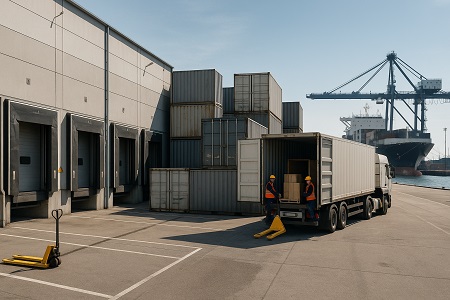
Expanding your business internationally means unlocking access to new markets - but it also comes with the complexity of cross-border logistics. From customs clearance to delivery tracking, global shipping requires strategic preparation to avoid costly delays and customer dissatisfaction.
Here’s how to get your business ready for smooth and successful international logistics.
Each country has its own import/export rules, product restrictions, and required documentation. Before shipping, make sure you:
Platforms like Global Online Market support Sellers by encouraging transparent documentation standards, which help streamline these early steps.
Selecting the right freight forwarder or courier is crucial. Look for partners with:
Want to better understand your logistics options? Read more about how Buyers source reliable suppliers without risk in this article.
Cross-border shipments face more handling and longer routes than domestic ones. Ensure that your packaging:
Sturdy, standardized packaging minimizes damage and speeds up customs inspections.
Hidden costs can destroy your profit margins. To avoid this:
Clear communication around terms is essential—especially when building long-term Buyer-Seller relationships. Learn how to establish transparency and trust in this related guide.
As your international operations scale, so do your logistics needs. Consider using tools that help automate:
Many B2B platforms now integrate with third-party logistics (3PL) and ERP systems, allowing you to focus more on growth than on paperwork.
Conclusion: Logistics as a Competitive Advantage
Cross-border logistics doesn’t have to be a bottleneck—it can be your competitive edge if handled correctly. Preparing your documentation, packaging, partners, and internal workflows in advance gives your business a reputation for reliability and professionalism.
Looking to go global and build lasting connections with trusted partners?
👉 Explore our insights on How to Build Long-Term Buyer-Seller Relationships Online to take your global trade strategy further.
Share this article on: